In memory of David Abbott, one of the world’s greatest copywriters.
May 26, 2014
Sadly David Abbott died on Saturday 17th May. He was a supremely talented copywriter and businessman. I never met him, but feel that he’s guided my career from afar with his astonishing insight into the human mind and second-to-none approach to the task of writing.
I’ve been learning my trade as a copywriter for 20 years, and I’ve learned from some truly talented people. But I still go back to The Copy Book: How some of the best advertising writers in the world write their advertising every now and then to remind myself of how the greatest write their copy.
It was originally a book of how 32 of the world’s best advertising writers write their advertising. It was published in 1995 and quickly became legendary and sold out. The original now changes hands for around £250/£300. It was published by D&AD, and they decided to reprint it and add a few more writers to the book. You can pick up the re-issue for around £40.
David Abbott is the first writer shown in the D&AD book, by quirk of having his surname start with the letter ‘A’. I like to think that, even though there are 32 supremely talented writers in the (original) book, they’d have placed David’s work first regardless of how they decided things.
The scale of his work is impressive. And the tone he manages to capture and project through his writing is amazing. You’ll never read anything boring by him. You’ll always want to read all the copy on the page.
He wrote the Economist campaign, gave Sainsbury’s a real tone of voice that made them stand out and far more profitable, he wrote beautiful long copy ads for Chivas Regal, he wrote some astonishing ads for Volvo, and he wrote ads that made people want to work for his agency.
He wrote my favourite ever Volkswagen ad (which, given the number of genius, award-winning ads that have been written for VW, is quite some achievement). He wrote the famous JR Hartley advert for Yellow Pages (in the days before everything was the click of a button away).
He also started the agency Abbott Mead Vickers (AMV BBDO) 35 years ago. And it’s still one of the world’s best agencies. No mean feat to be one of the world’s best copywriters and run a hugely successful agency.
I’ve shown a number of his ads below. If you click on them they’ll open much bigger, so you can read all the copy.
And, below those, I’ve reproduced in full the copy that David wrote to explain how he wrote such beautiful, insightful and moving copy.
Take a minute to enjoy them and remember a man of true genius.
The famous J R Hartley ad for Yellow Pages. Genius.
Here’s how David did what he did, in his own words (as no one could do it better).
David Abbott, writing in The Copy Book: How some of the best advertising writers in the world write their advertising
I write with an Artline 200 Fine 0.4 Pentel – blue ink, never black. I generally work on A3 layout pads but will sometimes switch to an A4. Definitely low tech stuff.
I write with my office door open – more often than not I keep my jacket on and in defiance of my mother’s instructions, my feet are usually on the table.
Whatever size of layout pad, I write body copy in column widths. This habit goes back to my days on the VW account in the Sixties. I knew how many words to the line were needed and how many lines to the ad. Writing in columns made it easier to get the word count right.
Alongside the column I jot down thoughts or phrases that come to mind before I need them. They stay there in the sidings until there’s a place for them. I also write down in the margins all the clichés and purple bits that clutter my head. I find that only by writing them down do I exorcise them. If I simply try to forget them they keep coming back like spots on a teenage chin.
I rarely plan the shape of a piece of copy. By the time I come to write, the structure of the argument is somehow in my brain. I spend a lot of time fact-finding and I don’t start writing until I have too much to say. I don’t believe you can write fluent copy if you have to interrupt yourself with research. Dig first, them write.
Like many copywriters, I read my copy out loud as I write. It helps me check the rhythm of the line and ultimately the flow of the whole piece. I often adopt the appropriate accent or tome, though my general “reading-copy” voice is laughably mid-Atlantic (I read silently if there are other people in the room).
I am a fast writer and in a sense I am not interested in words. I don’t own a Thesaurus, I don’t do crosswords and my dictionary has pictures in it. Words, for me, are the servants of the argument and on the whole I like them to be plain, simple and familiar. I believe that I’m paid to be an advocate and though I get pleasure from the bon mot, the bon motivater thrills me more. Word-play is fine if it helps the cause but I use it sparingly, or not at all. This wasn’t always the case; I used to pun for England.
When I’m working on concepts, I draw the shape of the ad space and write the headline (or scribble the picture) within its borders. It’s odd but I can’t judge an Economist headline until I’ve drawn a line around it. When I was younger I used big Pentels and large pads and swashbuckled my way to fertility. An ad a page. Now my would-be ads are much smaller and I might cover a page with six or seven thoughts – though sometimes when I’m stuck I go back to the big pad and the big pen. A change in procedure is often a good idea when you’re not getting one. I’ve been writing copy since 1960 and by now I’m comfortable with the job. I don’t panic and I know that the best thing for me to do when tired or thwarted is to walk away from the ad and do something else. The job still surprises me and for every easy problem, there’s a stubborn sister. I might rework a headline 50 or 60 times to get the thought and balance exactly right. If I think there’s an ad in there somewhere, I nag at it until it comes out. I’m often surprised how quickly time passes when I’m doing this. I look up and discover that I’ve been fiddling with the words for three hours.
Agency life rarely allows for this level of concentration so I also write copy at home, late at night, or I’ll book a hotel room and work from there. (This piece, for example, is being written at the kitchen table.) I couldn’t work in an open-plan creative department, but I’m sure there are brilliant copywriters who do. Great copy has been written in cafés, on trains, on beaches, on planes, in cars – even occasionally at a desk. How you do it is less important that what you do.
I’ve never been much of theoriser about copywriting, but here are five things that I think are more or less true:
1. Put yourself into your work. Use your life to animate your copy. If something moves you, chances are, it will touch someone else, too.
2. Think visually. Ask someone to describe a spiral staircase and they’ll use their hands as well as words. Sometimes the best copy is no copy.
3. If you believe that facts persuade (I do), you’d better learn how to write a list so it doesn’t read like a list.
4. Confession is good for the soul and for copy, too. Bill Bernbach used to say “a small admission gains a large acceptance”. I still think he was right.
5. Don’t be boring.
Wise words.
David Abbott’s ‘Management trainee’ poster for The Economist has been recreated in honour of his impact on the advertising industry by David Nobay, the creative chairman of Droga5 Sydney. It is shown below. I think it’s a simple, fitting tribute to a man who was so talented he made a lasting impression on people he’d never even met.
Alfredo Marcantonio, another astonishingly talented copywriter (who features in the D&AD great copywriters book) wrote a lovely obituary here.
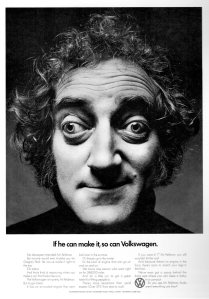
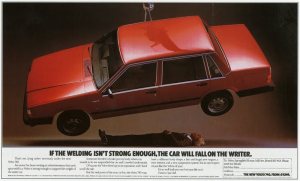

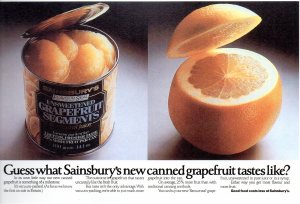
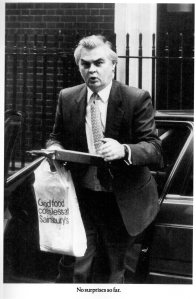


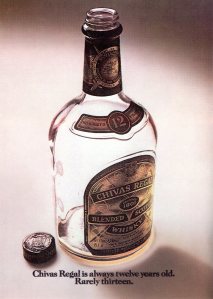

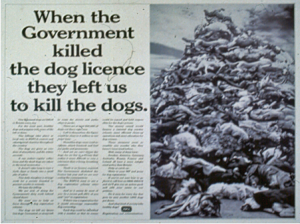
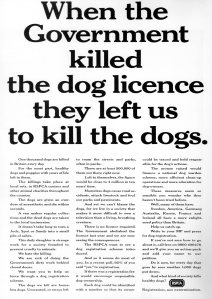
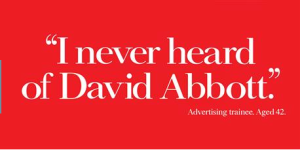





May 30, 2014 at 12:51 pm
[…] And of course, like most good things, I didn’t think of this myself. It was actually a copywriter called David Abbot that showed me – not in person but through his writing. He died this month and you can read all about him here. […]
May 28, 2016 at 8:59 am
[…] Regal. (2014). [image] Available at: https://chrismuir1.wordpress.com/2014/05/26/in-memory-of-david-abbott-one-of-the-worlds-greatest-cop… [Accessed 28 May […]